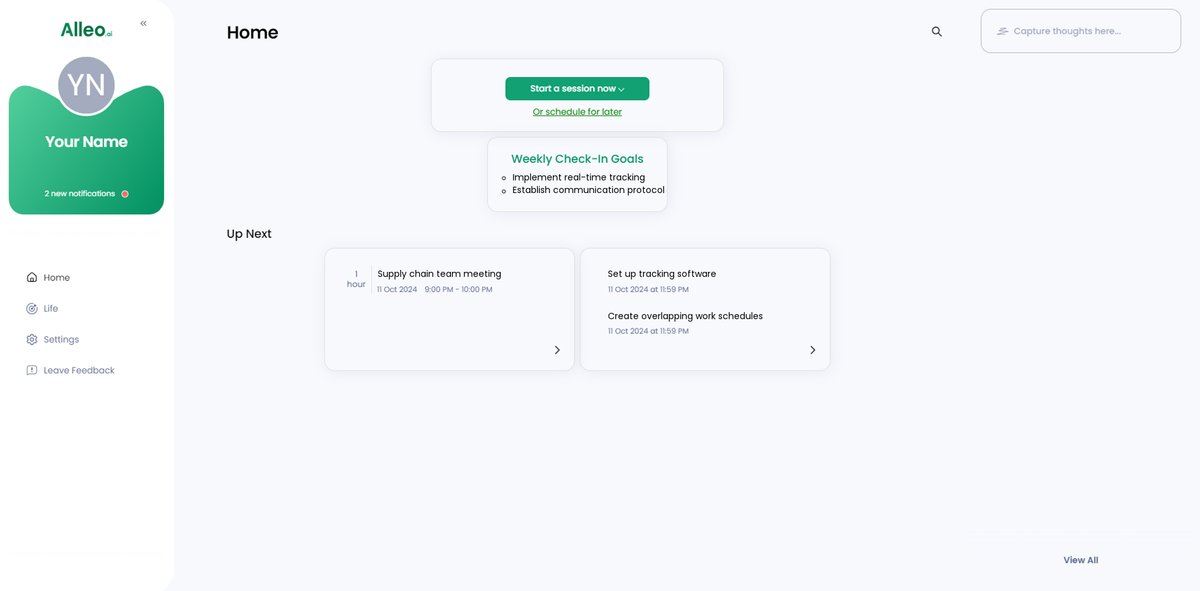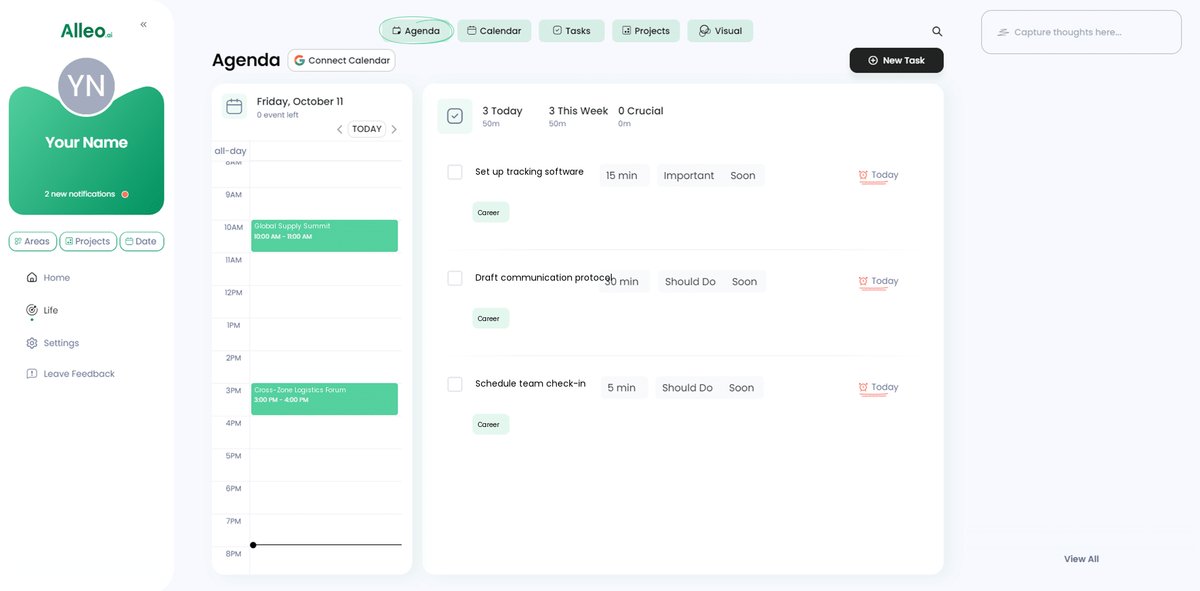3 Proven Strategies for Managing Global Supply Chains Across Time Zones
Imagine planning a global event where critical materials arrive late due to poor global supply chain coordination across time zones. Frustrating, right?
As someone who has guided many professionals through these logistical challenges in global supply chain time management, I understand your struggles.
In this article, I’ll share essential strategies to manage supply chains effectively across time zones. You’ll learn about real-time tracking in global logistics, clear international supply chain communication protocols, and overlapping work schedules for 24/7 supply chain operations.
Ready to enhance your logistics coordination and overcome time zone challenges in procurement?
Let’s dive into time-sensitive supply chain strategies for synchronizing global supply chain processes.

The Complexities of Managing Supply Chains Across Time Zones
Coordinating global supply chain time management across multiple time zones is no easy feat. Imagine the frustration of organizing an event only to have shipments delayed because of misaligned schedules in international supply chain communication.
Many clients initially struggle with delayed shipments, which can throw entire event timelines off track. Miscommunication often arises when teams in different regions fail to synchronize global supply chain processes.
I’ve seen how real-time coordination challenges impact event success and client satisfaction. These issues in time zone management in logistics can cause significant headaches, leading to stressful situations and unhappy clients.
Clearly, overcoming these logistical challenges is crucial for smooth event planning and effective global supply chain coordination.
So, how do we tackle these hurdles in 24/7 supply chain operations?
Let’s explore some effective time-sensitive supply chain strategies.

Overcoming this challenge in global supply chain time management requires a few key steps. Here are the main areas to focus on to make progress in synchronizing global supply chain processes:
- Implement real-time tracking and visibility tools: Use advanced tracking software and cloud-based platforms for centralized data access and real-time updates, enhancing supply chain visibility across time zones.
- Establish clear communication protocols: Standardize communication channels and schedule regular virtual meetings for seamless coordination in international supply chain communication.
- Create overlapping work schedules for key teams: Identify critical tasks, implement flexible work policies, and provide training on time zone management in logistics to support 24/7 supply chain operations.
Let’s dive into these global supply chain time management strategies!
1: Implement real-time tracking and visibility tools
Implementing real-time tracking and visibility tools is crucial for global supply chain time management across time zones.
Actionable Steps:
- Integrate advanced tracking software
- Set up real-time tracking systems to monitor shipments and inventory status across different regions, enhancing supply chain visibility across time zones.
- Ensure the software provides alerts for any delays or issues in global supply chain coordination.
- Utilize cloud-based platforms
- Adopt cloud-based supply chain management platforms for centralized data access, facilitating 24/7 supply chain operations.
- Enable stakeholders to view and update information in real-time, regardless of location, improving international supply chain communication.
- Regularly analyze tracking data
- Schedule regular reviews of tracking data to identify patterns and potential bottlenecks in global supply chain time management.
- Use insights to optimize routes and improve future planning for cross-border inventory management.
Key benefits of real-time tracking include:
- Enhanced visibility across the supply chain
- Faster response to disruptions in global logistics
- Improved decision-making based on accurate data for synchronizing global supply chain processes
Explanation:
By integrating these tools, you enhance visibility and control over your supply chain. This approach minimizes disruptions caused by time zone differences and ensures timely delivery of materials, addressing time zone management in logistics.
Real-time tracking helps in quickly identifying and addressing issues, thus maintaining smooth operations. According to Shopify, 71% of companies experienced unplanned supply chain risks in 2023, highlighting the importance of robust tracking systems for overcoming time zone challenges in procurement.
These steps will help streamline your logistics coordination, setting a solid foundation for successful event planning and implementing time-sensitive supply chain strategies.
2: Establish clear communication protocols
Effective communication is vital for global supply chain time management across different time zones.
Actionable Steps:
- Standardize communication channels
- Choose reliable tools like Slack or Microsoft Teams for all cross-border inventory management interactions.
- Create usage guidelines to ensure consistency across teams for international supply chain communication.
- Schedule regular virtual meetings
- Plan regular check-ins to discuss progress and address issues in global supply chain coordination.
- Utilize overlapping time slots for key team members to ensure effective participation in 24/7 supply chain operations.
- Develop a centralized information repository
- Maintain a shared online document or dashboard with all critical supply chain information for time zone management in logistics.
- Ensure it is regularly updated and accessible to all relevant parties for real-time tracking in global logistics.
Explanation:
These steps enhance coordination and reduce miscommunication, ensuring everyone is on the same page for effective global supply chain time management. This approach aligns with industry trends, such as the increased use of cloud-based platforms for synchronizing global supply chain processes.
According to Freytworld, using consistent communication tools and strategies is crucial for effective global logistics management.
Best practices for cross-time zone communication:
- Use clear, concise language to avoid misunderstandings in international supply chain communication
- Always include time zones in meeting invitations for time-sensitive supply chain strategies
- Be mindful of cultural differences in communication styles when overcoming time zone challenges in procurement
By implementing these protocols, you’ll streamline your logistics coordination, making event planning smoother and more efficient while improving supply chain visibility across time zones.

3: Create overlapping work schedules for key teams
Creating overlapping work schedules is crucial for global supply chain time management and coordinating across time zones effectively.
Actionable Steps:
- Identify critical coordination points
- Determine tasks that require real-time tracking in global logistics and identify key team members.
- Schedule overlapping working hours to allow direct interactions for global supply chain coordination.
- Implement flexible work policies
- Allow flexible hours for team members to accommodate different time zones in international supply chain communication.
- Encourage shifts that overlap with other regions to enhance 24/7 supply chain operations.
- Provide training on time zone management in logistics
- Offer workshops or online courses on effective time zone management strategies for global supply chains.
- Include best practices for asynchronous communication and collaboration in cross-border inventory management.
Explanation:
These steps help ensure seamless collaboration and improve real-time communication. By aligning work schedules, you can minimize delays and enhance efficiency in global supply chain time management.
According to RIT, effective time zone management is essential for global supply chain success. Implementing these strategies will help you overcome coordination challenges and ensure timely delivery of materials.
Key factors for successful overlapping schedules:
- Clear role definitions for each time zone in synchronizing global supply chain processes
- Regular team rotations to share the burden of off-hours work in time-sensitive supply chain strategies
- Use of collaborative tools for seamless handoffs between shifts to enhance supply chain visibility across time zones
By following these steps, you will be well on your way to smoother logistics coordination and successful event planning while overcoming time zone challenges in procurement.

Partner with Alleo for Seamless Global Supply Chain Management
We’ve discussed the challenges of managing global supply chains across time zones. But did you know Alleo can simplify this process of global supply chain time management?
Alleo offers AI-driven scheduling assistance to create overlapping work schedules, enhancing global supply chain coordination. It monitors your supply chain tasks in real-time, ensuring timely updates and seamless coordination for 24/7 supply chain operations.
Setting up an account is easy. Create a personalized plan for time zone management in logistics, and Alleo’s coach will follow up on your progress in international supply chain communication.
The coach handles changes and keeps you accountable via text and push notifications, helping overcome time zone challenges in procurement.
Ready to get started for free and improve your supply chain visibility across time zones?
Let me show you how to synchronize global supply chain processes!
Step 1: Logging in or Creating an Account
To begin managing your global supply chain with Alleo, simply Log in to your account or create a new one if you haven’t already.

Step 2: Choose Your Supply Chain Management Goal
Select “Setting and achieving personal or professional goals” to focus on improving your global supply chain coordination. By choosing this goal, you’ll receive tailored strategies to overcome time zone challenges and enhance your event planning efficiency.

Step 3: Select “Career” as Your Focus Area
Choose “Career” as your focus area to optimize your supply chain management skills, enhancing your ability to coordinate global logistics and advance your professional growth in event planning.

Step 4: Starting a Coaching Session
Begin with an intake session to set up your personalized plan for managing global supply chains across time zones, allowing Alleo’s AI coach to understand your specific logistics challenges and goals.

Step 5: Viewing and Managing Goals After the Session
After your coaching session, check the Alleo app’s home page to view and manage the supply chain coordination goals you discussed, allowing you to track progress and make adjustments as needed for successful global event planning.

Step 6: Adding events to your calendar or app
Seamlessly integrate your global supply chain tasks and events into your preferred calendar or app, allowing you to track your progress in solving coordination challenges across time zones and ensuring timely delivery of materials for your events.

Embrace Effective Global Supply Chain Strategies Today
In tackling the complexities of managing global supply chain time management, you’ve learned valuable strategies. Implementing real-time tracking in global logistics, establishing clear international supply chain communication protocols, and creating overlapping work schedules for 24/7 supply chain operations are crucial.
Managing supply chains across time zones can be daunting, but you’re not alone. I’ve seen firsthand how these time-sensitive supply chain strategies can transform global supply chain coordination.
Remember, effective supply chain management and supply chain visibility across time zones are essential for event success. By applying these strategies, you’ll improve efficiency and client satisfaction while overcoming time zone challenges in procurement.
Ready to take control?
Try Alleo for AI-driven support in managing your global supply chain effortlessly. Your smooth event planning journey starts now!